
List of Past Participle Grammar Syntax
Saw is the past tense form, as in I saw him yesterday. Seen is the past participle form and is used to form the perfect verb tenses, as in She has seen every movie in the series (present perfect tense) and She had seen every movie in the series until this one (past perfect tense).
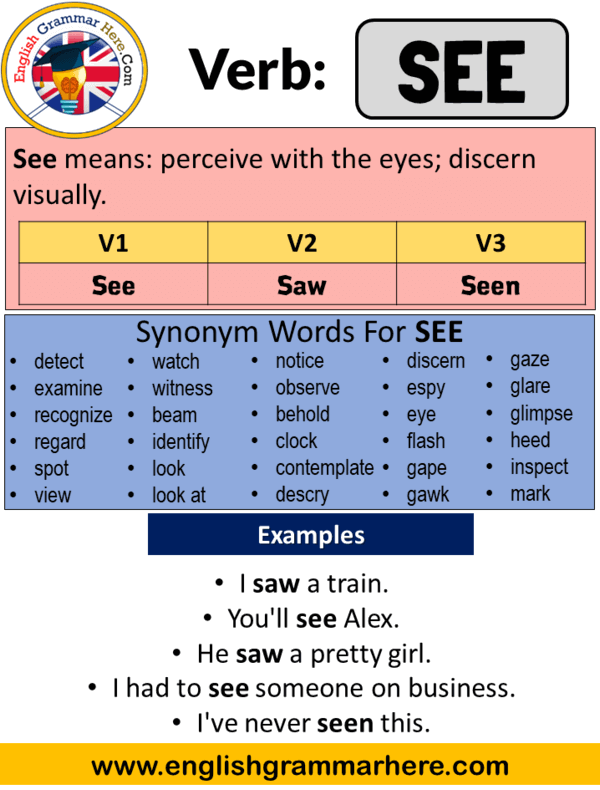
Past Tense Of Saw +9000 Pendant Lighting Modern
Past Continuous Tense He/She/It was seeing. I was seeing. You/We/They were seeing. Past Perfect Tense He/She/It had seen. I had seen. You/We/They had seen. Past Perfect Continuous Tense He/She/It had been seeing. I had been seeing. You/We/They had been seeing. Simple Future Tense He/She/It will/shall see.
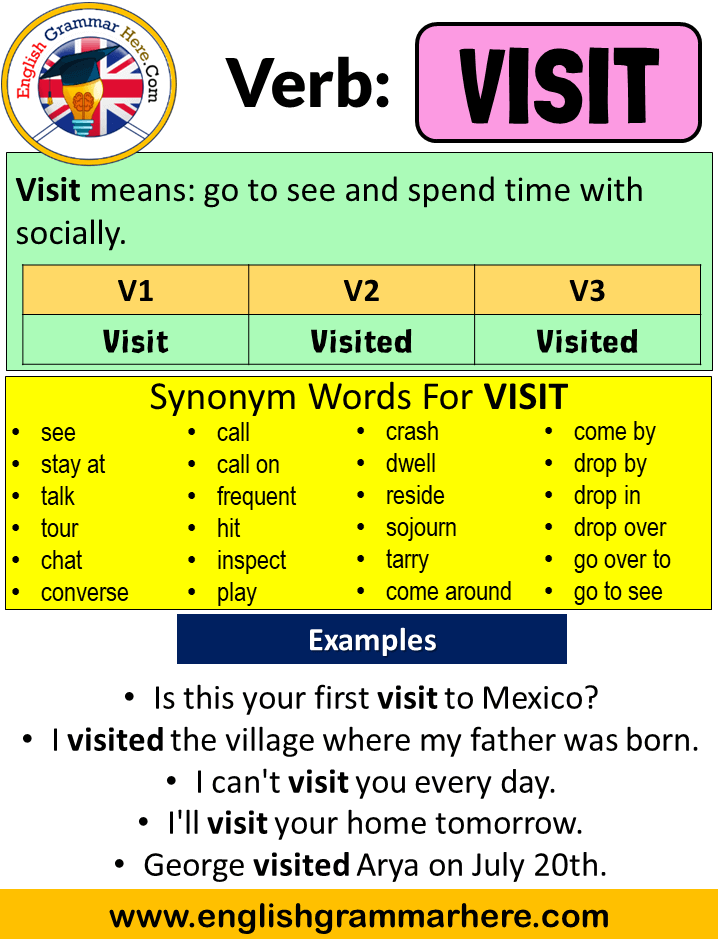
Understand Past Simple Simple Past Tense Of Understand Past Vrogue
1. I her yesterday. 2. I am the doctor at 1 o'clock. 3. Nowadays, Jack his uncles every weekend. 4. We have the light! "To See" in All the Tenses The tables below show how "see" conjugates in the past, present, and future tenses. Past Tenses Present Tenses Future Tenses Most Common Irregular Verbs

Verbo to see conjugación en presente, pasado y past participle
Past Participle seen Present Participle seeing Present I see you see he/she/it sees we see you see they see Present Continuous I am seeing you are seeing he/she/it is seeing we are seeing you are seeing they are seeing Present Perfect I have seen you have seen he/she/it has seen we have seen you have seen they have seen Present Perfect Continuous
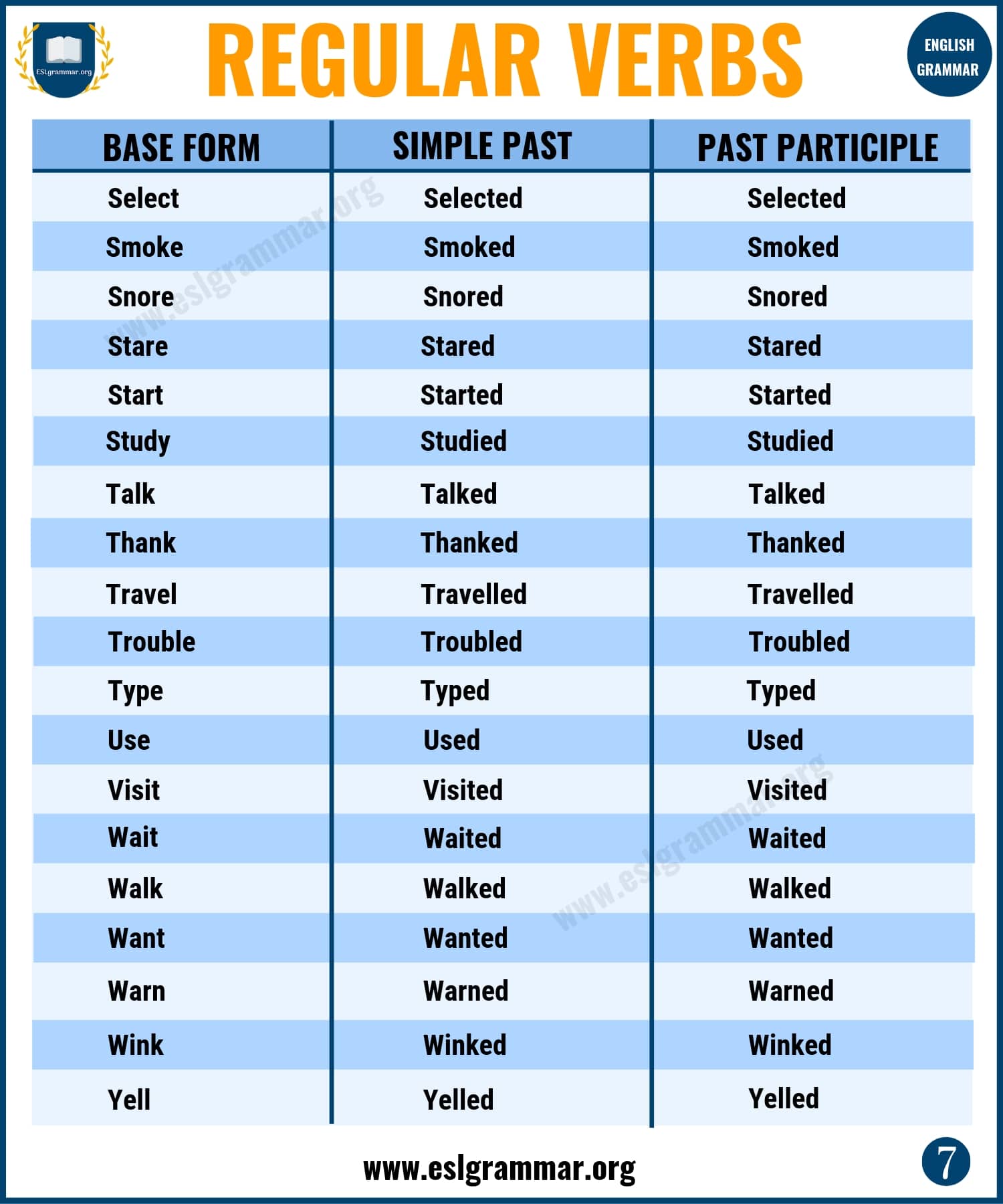
VERBS SIMPLE PAST AND PAST PARTICIPLE English Quizizz
What is the past tense of the word "see" The past tense (past participle) form of "see" is "saw." The infinitive of the word form is "see." The present participle form is "seeing." The past tense form is "saw" and past participle form is "seen." Understanding verb tenses The general grammar rules that govern past tenses are as follows.
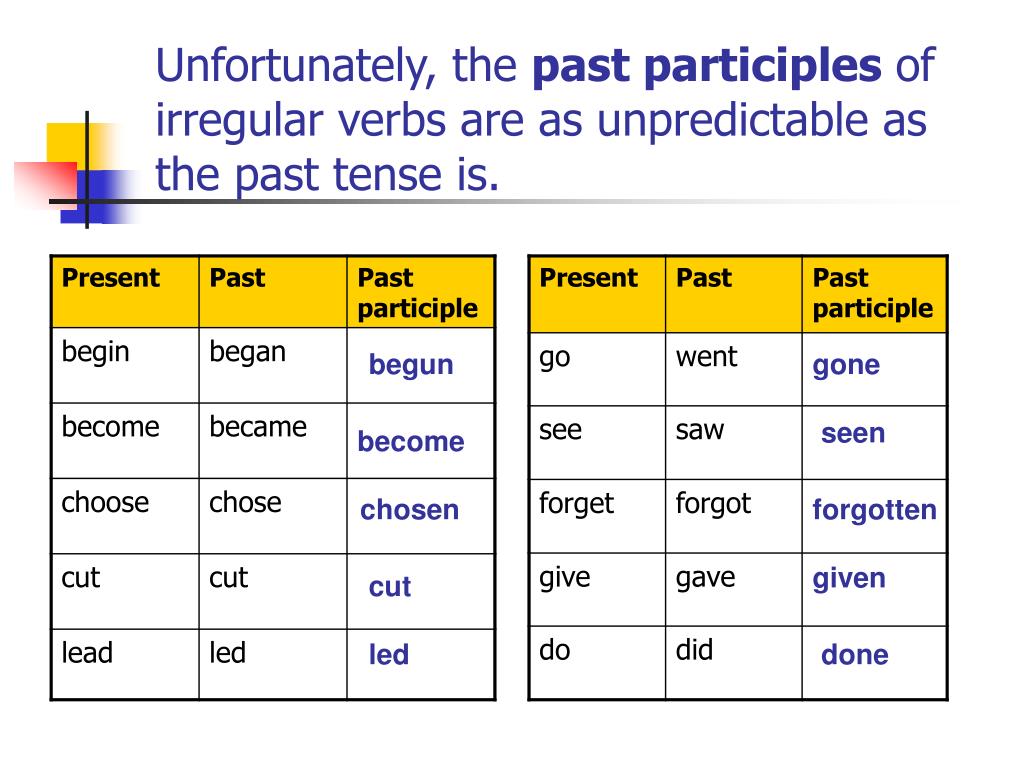
past participle tense 用法 Shophann
⚡ Conjugation of the English irregular verb, past tense : 茶 see saw seen - LEARN IV.com Learniv.com > en. The past participle is one of the most important parts of English grammar. It's used to express perfect tenses and to form the passive voice. It's also a useful tool for writing sentences that describe actions that started in the.
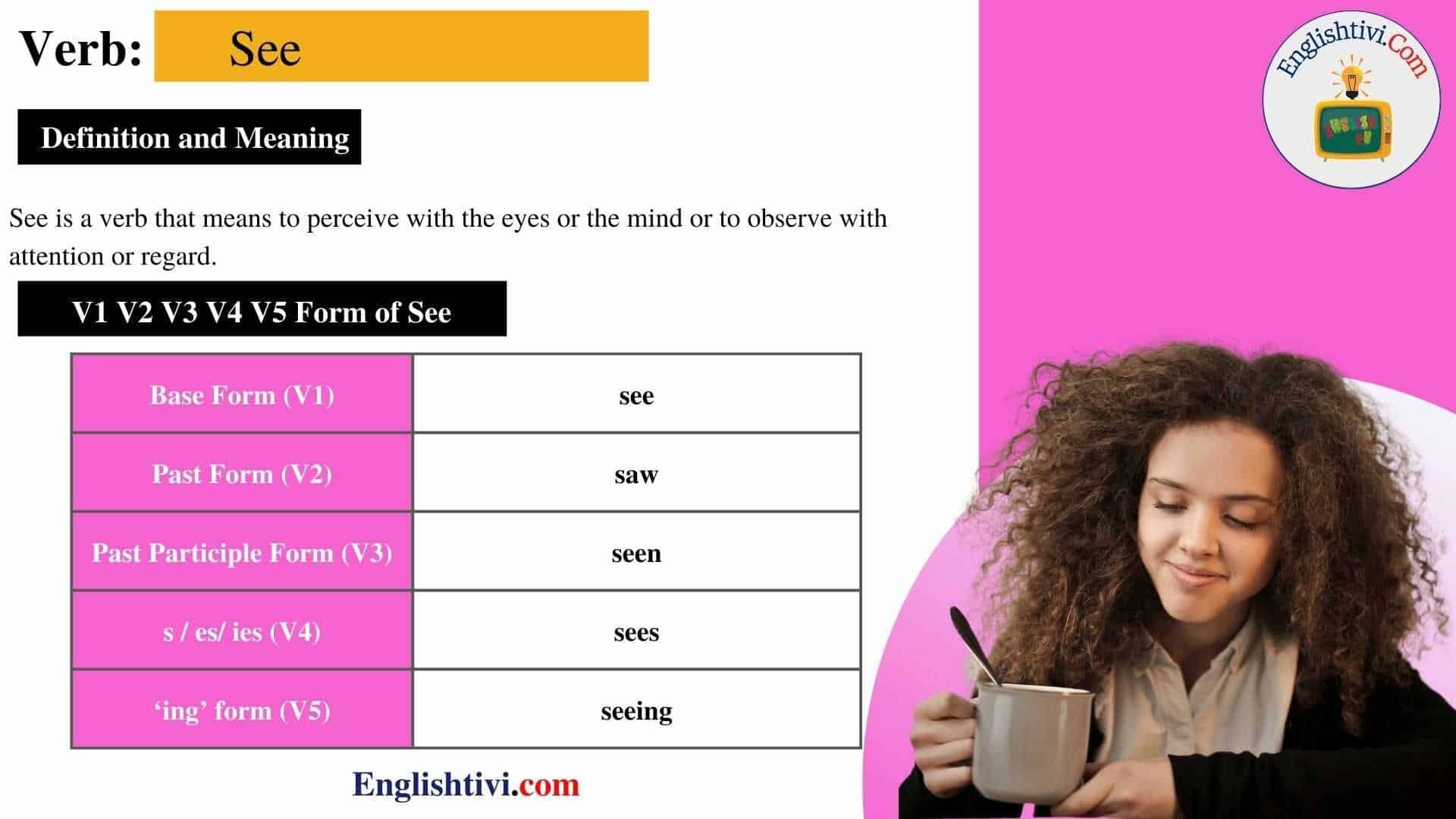
See V1 V2 V3 V4 V5 Base Form, Past Simple, Past Participle Form of See
past participle of see More from Merriam-Webster on seen Thesaurus: All synonyms and antonyms for seen Nglish: Translation of seen for Spanish Speakers Britannica English: Translation of seen for Arabic Speakers Love words? Need even more definitions?

See Verb Forms Past Tense, Past Participle & V1V2V3 » OnlyMyEnglish
Conjugation verb see X English Models British vs. American English Auxiliaries, modals Irregular verbs see Infinitive to see Preterite saw Past participle seen Model : see Auxiliary : have, be Other forms: see oneself / not see Contractions Advertising Indicative Present I see you see he/she/it sees we see you see they see Preterite I saw you saw
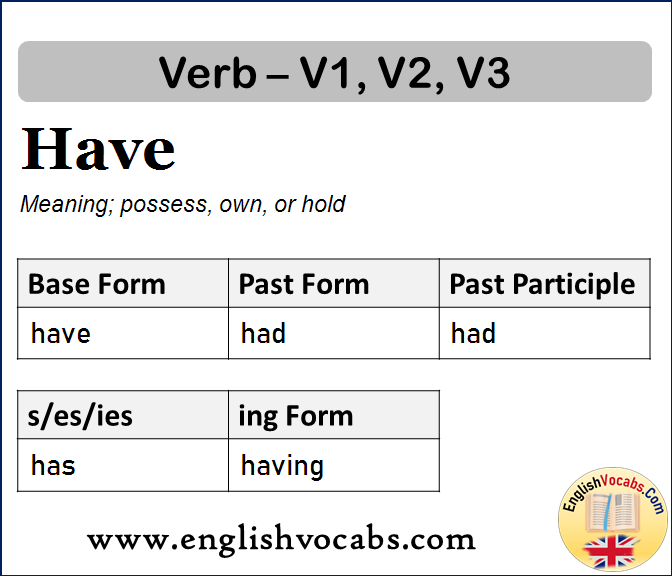
Have Past Simple, Past Participle, V1 V2 V3 Form of Have English Vocabs
What is the past tense of "see?" Most commonly, the past tense of the word "see" is "saw" although the word form will change based on its participle.And the sentence where it's used. For example, referencing "see" in the present participle form will change it to "seeing," but in the infinitive form, will be "see.". Continue reading to learn more about the past tense.

Review Past Participle of Irregula… English ESL powerpoints
Definition: To See Irregular verb: To See Verb conjugation: See - Saw - Seen Meaning of 'To See' To notice with your eyes Conjugation of verb 'See' Irregular Verbs Following a Similar Pattern Verbs like: UsingEnglish.com is partnering with Gymglish to give you a Want to learn about the irregular verb 'to See'?

Present Participle Definition and Useful Examples of Present
The past simple and the past participle of see. Conjugation of the verb see: Base Form/Infinitive without 'to': see. Past Simple: saw. Past Partciple: seen. Present Partciple: seeing. Third Person Singular: sees. Definition: 1. To perceive with the eyes. 2. To understand something. Example(s): 1. I saw the murderer running.

Past Participle Adalah Kata Kerja yang Perlu Diketahui D FRAME WORKS
Table of irregular verbs - English Grammar Today - a reference to written and spoken English grammar and usage - Cambridge Dictionary

Festzug Optional passen ring v2 anlocken Vorteil Gürtel
Past Tense of See In English, the verb ' see ' is used in the sense of grasping something with the eye. It is used as 'sees' with' he, she, it and 'see' with other subjects. We use the auxiliary verb 'don't' when making this verb negative. It is used as 'doesn't see' with he, she, it, and 'don't see' with other subjects. Base Form Examples

What Is A Past Participle?
Past participle of see. Past participle . seen [siːn] You are look at the page for irregular verb see. Participle of the irregular verb [see] The past participle is one of the most important parts of English grammar. It's used to express perfect tenses and to form the passive voice.
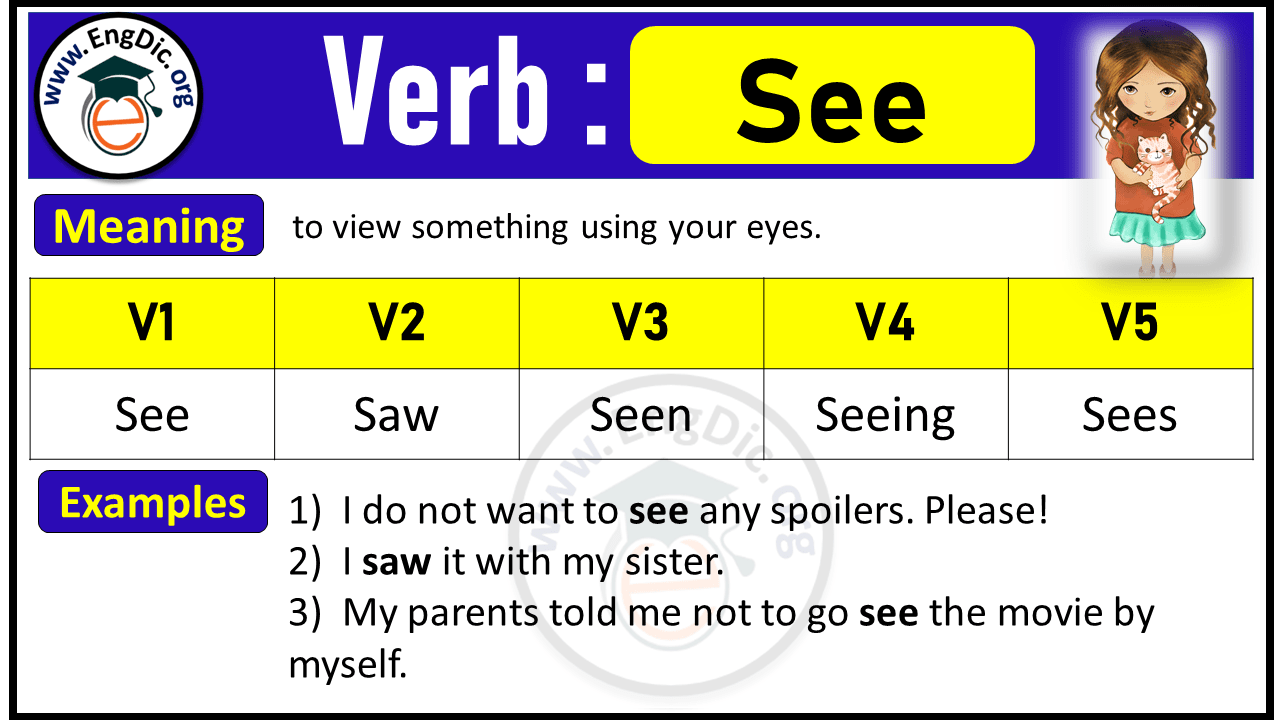
See past participle EngDic
Conjugate the verb see in all tenses: present, past, participle, present perfect, gerund, etc.

Verbs in past participle questions & answers for quizzes and worksheets
More verb past tense. Seek. Sell. Send. Sew. Shake. Saw is the past tense of the word see. Seen is the past participle of the word see. see past form, verb forms, v1v2v3, Infinitive.